Take a moment and let that sink in.
Human activity has wiped out two-thirds of the world’s wildlife since 1970.
The Living Planet Report 2020 by the World Wildlife Fund assessed the population declines seen in more than 4,392 monitored species of mammals, birds, fish, reptiles and amphibians between 1970 and 2016.
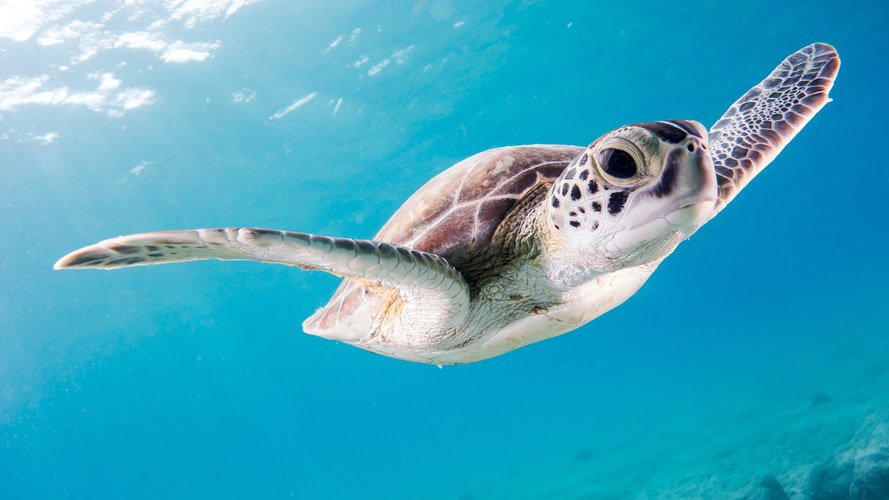
According to the report, this level of sharp decrease in wildlife populations has not been witnessed in millions of years.
The conversion of grassland, forest, savannah and wetlands; overexploiting wildlife; climate change; and introduction of non-native species are the main reason for the decline in the wildlife population.
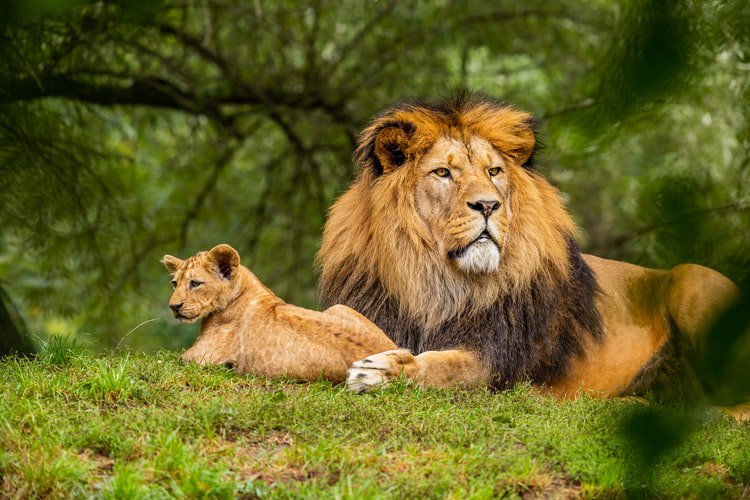
World Wildlife Fund President and CEO, Carter Roberts said:
As humanity’s footprint expands into once-wild places, we’re devastating species populations. But we’re also exacerbating climate change and increasing the risk of zoonotic diseases like COVID-19.
According to the authors, humans have significantly altered a staggering 75% of the planet’s ice-free land surface and ecosystem destruction now threatens some 1 million species — 500,000 animals and plants and 500,000 insects — with extinction in the coming decades and centuries.
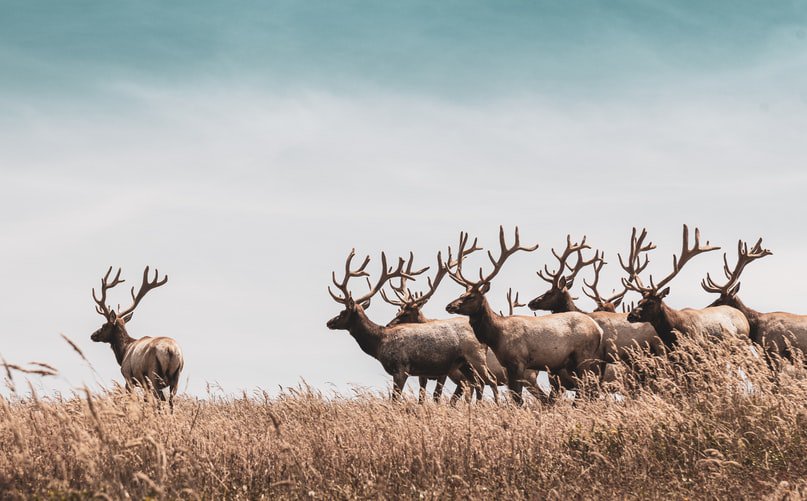
The report also mentioned that the observed animal communities near or in freshwater have shrunk by 84 per cent, partly due to how we are using sea and land, including our treatment of forests.
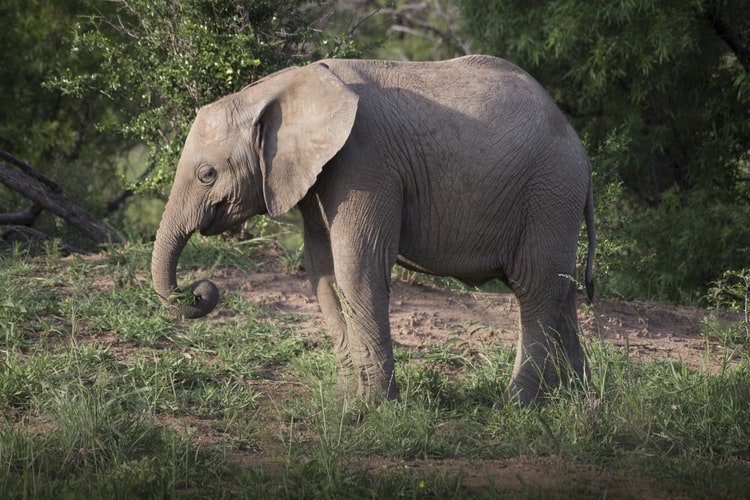
Agriculture is responsible for 80 per cent of global deforestation and gobbles up 70 per cent of freshwater. Thousands of species are simply unable to survive when faced with the new conditions of their altered habitats imposed by humans.
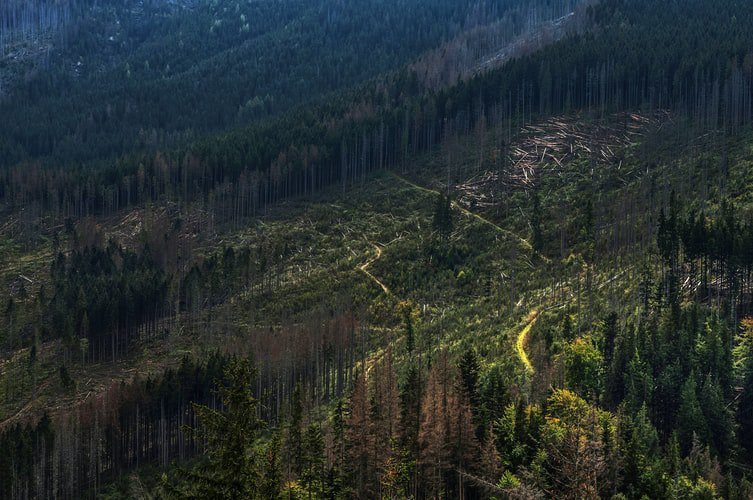
WWF warned, if we don’t change course soon, we could be heading towards the collapse of the resources and natural systems that allowed the flourishing of civilization and societies in the first place.

















